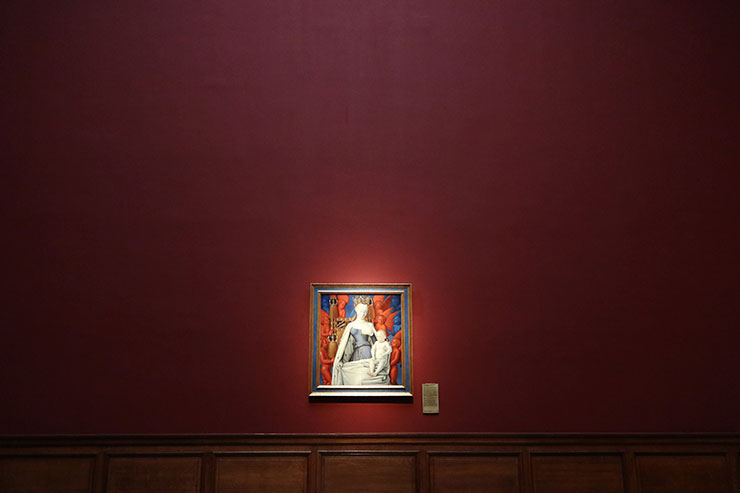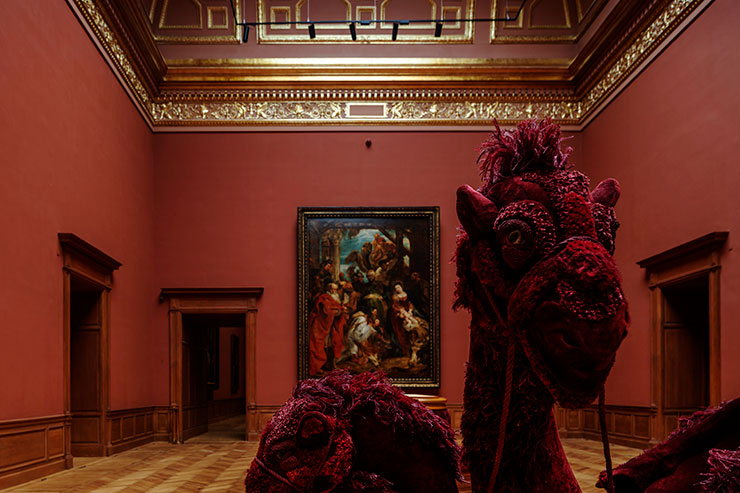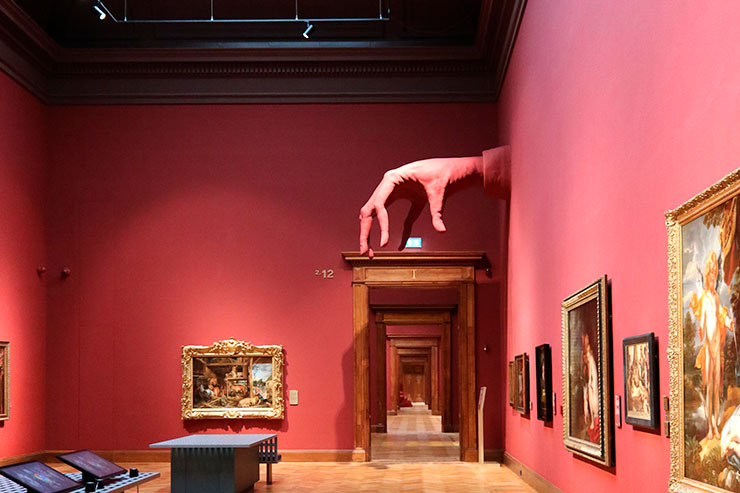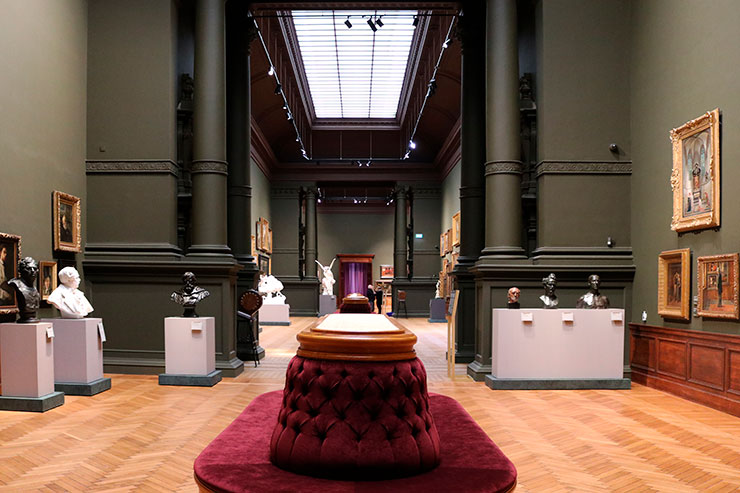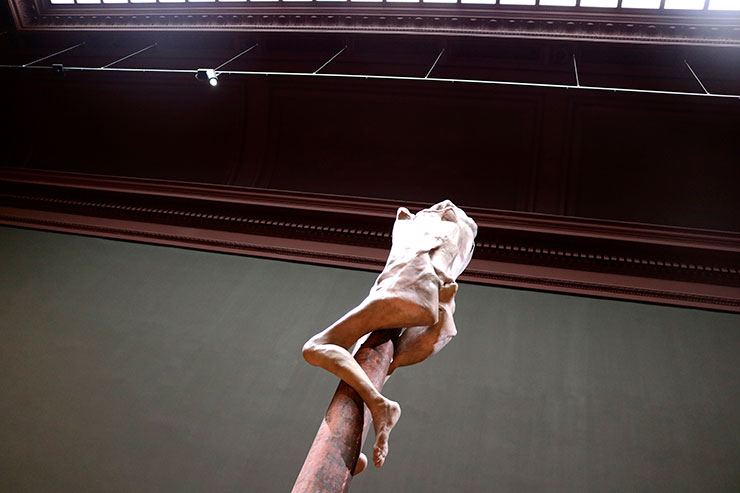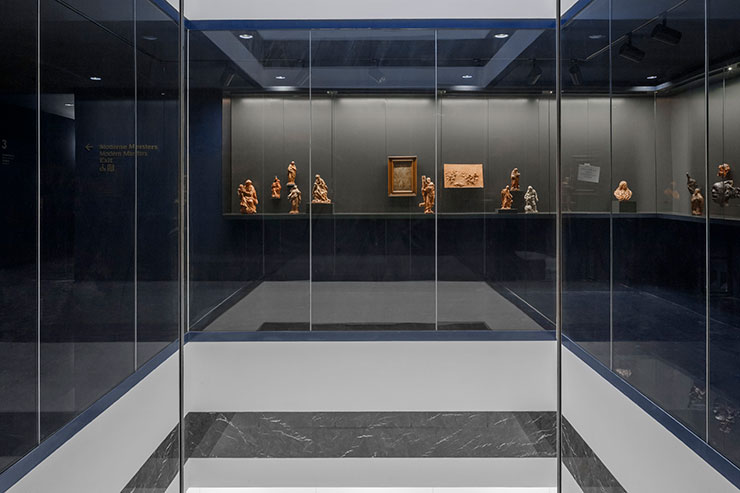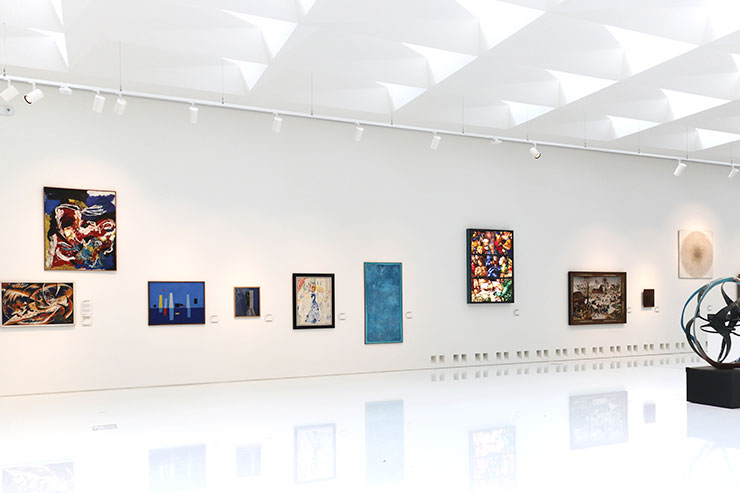This website uses cookies so that we can provide you with the best user experience possible. Cookie information is stored in your browser and performs functions such as recognising you when you return to our website and helping our team to understand which sections of the website you find most interesting and useful.
KMSKA - Royal Museum of Fine Arts, Belgium
ProjectKMSKA - Royal Museum of Fine ArtsLocationAntwerp, BelgiumLighting DesignArup, NetherlandsArchitectKAAN architecten, NetherlandsClientKMSKALighting SuppliersiGuzziniPhotographyKarin Borghouts, KMSKA, Simone Collon
Late September 2022, Antwerp’s Royal Museum of Fine Arts (KMSKA) reopened after being closed for no less than 11 years. The reopening has reverberated far beyond the port city.
At the start of the museum’s restoration, the famous, largescale Rubens paintings were sunk through large shutters into the catacombs and hidden during all these years. Above ground, the decrepit 19th-century building was renovated to its full grandeur. A decade after, the Rubens pieces were hoisted back up to a brand-new setting.
Dutch based KAAN architecten added ‘infills’ in historic patios and an additional floor on top of the historic roof.
The re-opened museum offers two worlds in one museum: A crisp ‘white space’ invites visitors to explore a modern museum with shiny floors, with the upper levels reached via a narrow ‘stairway to heaven’. The newly added patio galleries have been given a ‘night blue’ colour and offer surprising views to spaces below and above.
In the old part, the classic museum rooms can be seen in their full glory, with walls in shades of red and intense green, beautiful parquet flooring and golden decorations. Large velvet sofas invite to relax.
An interesting novelty is the grouping of artworks around themes instead of chronological order. Visitors experience the art in salons called ‘holy’, ‘horizon’, ‘fame’, ‘suffering’ etc. A breath-taking largescale painting of Salvador Dali can be found among 16th-century works and large-scale artworks by artist Christophe Coppens.
In the re-opened museum, approximately 650 artworks are exhibited on 30.000m2 gallery spaces.
In retrospect, one of the most difficult but also fabulous challenges was bringing the art to life with the highest quality of light. Soft daylight entering the spaces through openings in the roofs provides a subtle base-illumination during daytime, accompanied by soft accents from luminaires arranged on tracks. After sunset, electric lighting takes over the illumination accompanied by a soft lighting effect mimicking the daylight as part of the architectural concept.
Illuminating the museum’s most beautiful and famous paintings, drawings and sculptures was the completion of a quest for the most perfect light. Our goal was to provide lighting for the artworks that appears most natural, unobtrusive, and discreet. The lighting tracks have been placed high up, right under the historic roof ornaments, to not disturb the elegant architectural details and proportions of the salons.
The lighting of each single artwork was tailored during Detail Design phase and once more refined during focussing of approximately 900 lighting fixtures on site for many days and nights.
iGuzzini’s lighting fixtures are equipped with lenses, filters, framers, snoots and/or honeycomb accessories.
Fixture optics range from 4° spots to powerful 48° wide flood optics.
Some large-scale historic paintings are still waiting for their restoration. To soften the yellowish tint from the old varnish, yet to be removed, tuneable white fixtures have been used to balance the colour appearance.
All lighting fixtures are controllable via Bluetooth technology, which much helped in the process of dimming each fixture individually to comply with conservation lighting requirements.
